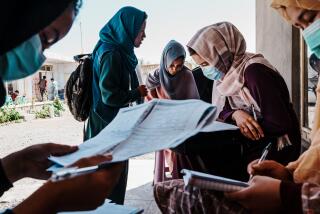With Taliban again triumphantly ensconced in Kandahar, time circles back on itself
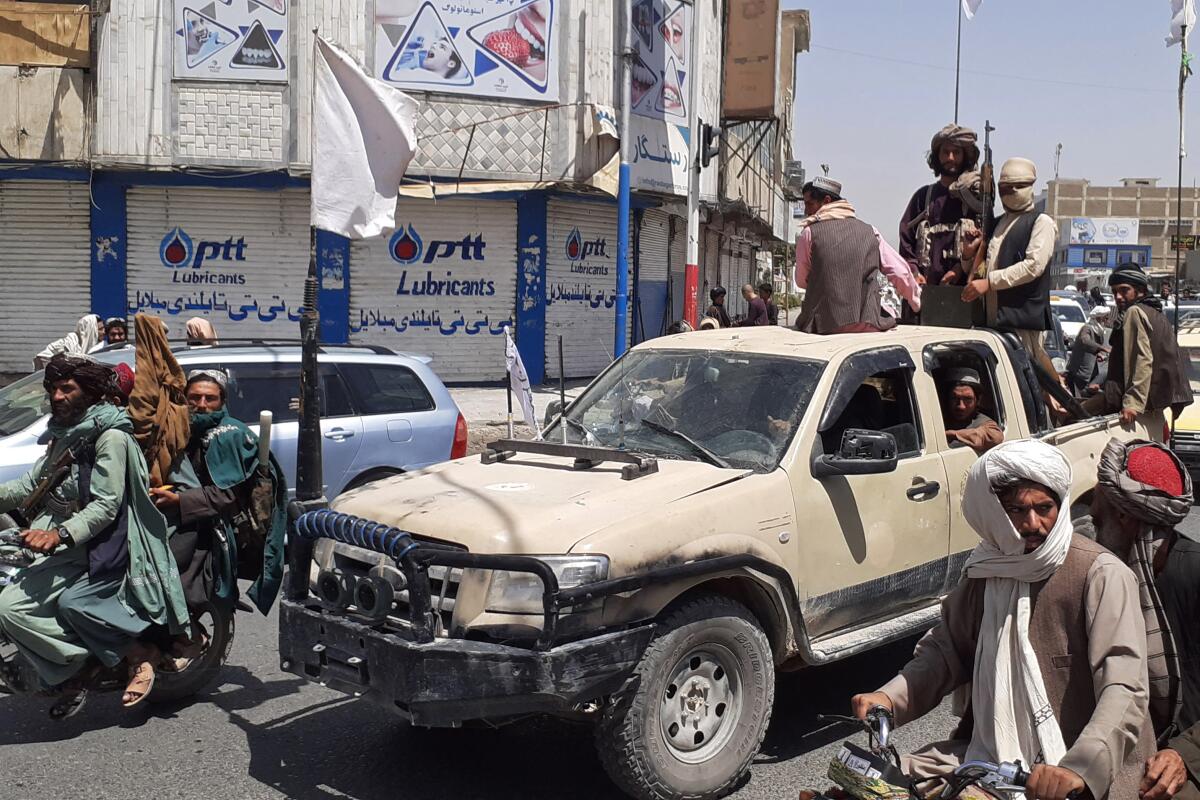
- Share via
The Taliban’s dramatic recapture early Friday of Kandahar — the group’s birthplace and onetime redoubt of its late spiritual leader Mullah Mohammed Omar — marks a full-circle moment in the long Afghan conflict, a dizzying, dust-colored rewind of history.
Kandahar was the lodestar, the center of gravity for the Taliban until December 2001, when U.S. special forces — the tip of the American spear wielded after the terror attacks of Sept. 11 — chased Omar and his followers out of the southern province’s terrain of pomegranate and apricot orchards and homes of sun-dried brick. The loss of Kandahar — more than the Taliban’s ejection a month earlier from the nation’s capital, Kabul — marked the true end of the group’s harsh five-year rule over Afghanistan.
Now, the insurgents’ newly regained control of Afghanistan’s second-largest city and the ethnic Pashtun heartland surrounding it will provide a glimpse — likely a grim one — of how the militant movement envisions its abruptly reprised role of conqueror.
Eight astonishing days have seen the Taliban seize half of Afghanistan’s provincial capitals, with its fighters drawing a tightening net around Kabul. The juddering velocity of events has left the U.S. and its Western allies scrambling to preserve a diplomatic presence, in part to address the humanitarian crisis spawned by the Taliban takeover of most of the country’s north, south and west.
Kandahar was emblematic of a nation the U.S. never fully understood and never came close to taming. And as Afghan soldiers beat hasty retreats and America prepares to formalize its own troops’ departure, the city’s more than 600,000 inhabitants are preparing for what many expect will be a return to a cruelly constricted way of life — one that children are too young to remember and that some adults remember all too well.
“We are certainly concerned by the speed with which the Taliban has been moving,” Pentagon spokesman John Kirby said Friday — an understated way of characterizing the movement’s unrelenting march, which has sown fear among millions of Afghans and astonished a watching world.
In many ways, though, the current Taliban onslaught has been reminiscent of the campaign that first propelled the group to power: slow, then sudden.
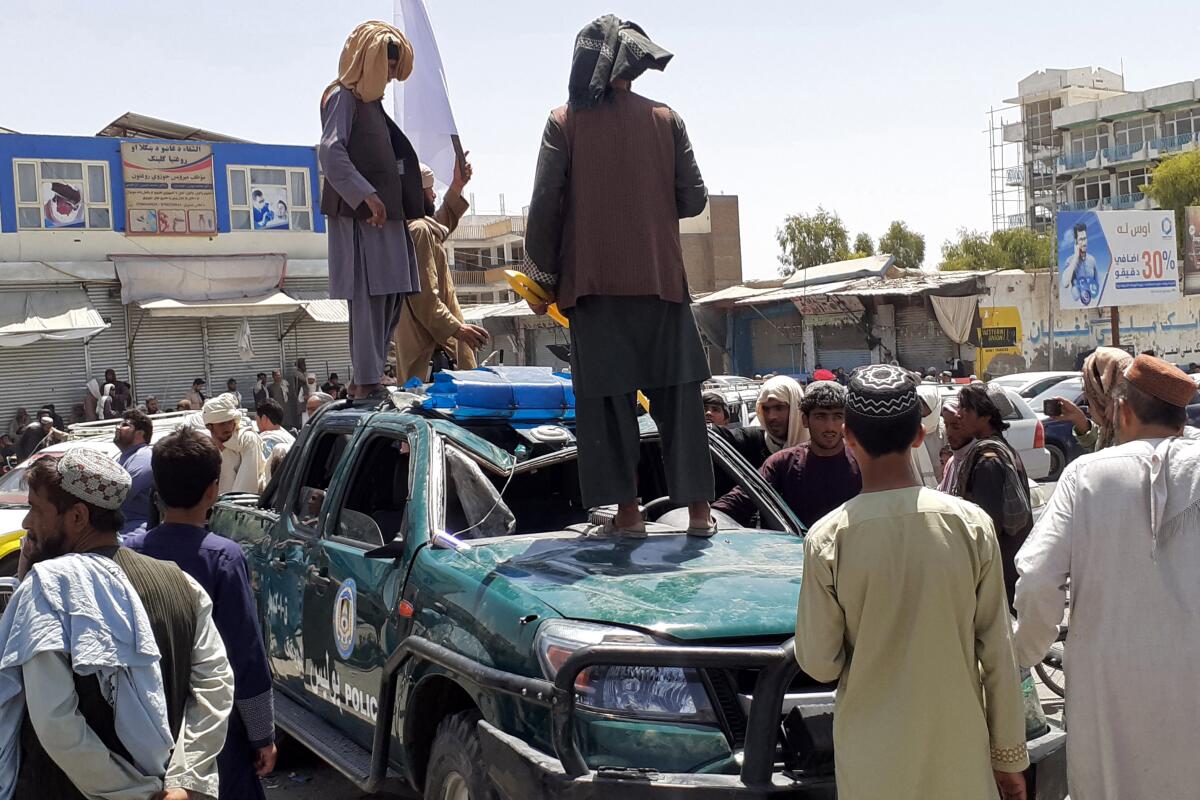
)
Back then, in the early 1990s, the movement’s origin story unfolded gradually in the rural districts surrounding Kandahar. Clusters of devout young talibs, or students, began to coalesce around Omar, an austere cleric who had won a loyal following with storied military exploits against the Soviets — one of which cost him an eye.
In the late fall and early winter of 1994, the group emerged from the countryside and seized Kandahar, imposing an unyielding brand of Islam that was initially welcomed by a population disgusted by the wanton excesses of local warlords.
By September 1996, Kabul had fallen to the militants.
In Kandahar, the once-obscure cleric relished the trappings of power. A few months before the takeover of Kabul, Omar had ensconced himself as the “emir of the faithful,” brandishing a sacred relic — a cloak purportedly worn by the prophet Muhammed — as a symbol of his divine mandate. Fatefully, he had accepted the allegiance and patronage of Osama bin Laden, the Al Qaeda chieftain who proceeded to set up shop in Kandahar, establishing training camps and moving his family to the city.
As the Taliban’s spiritual home, Kandahar had the first taste of the baroque punishments the group imposed on all Afghans: whippings, stonings, the near-extinction of women’s role in public life. But as Taliban rule went on, the world’s eyes were drawn to the group’s depredations elsewhere: the March 2001 destruction of the monumental Buddhas of Bamiyan, stadium executions in Kabul, a fundamentalist-minded theocracy that forbade music.
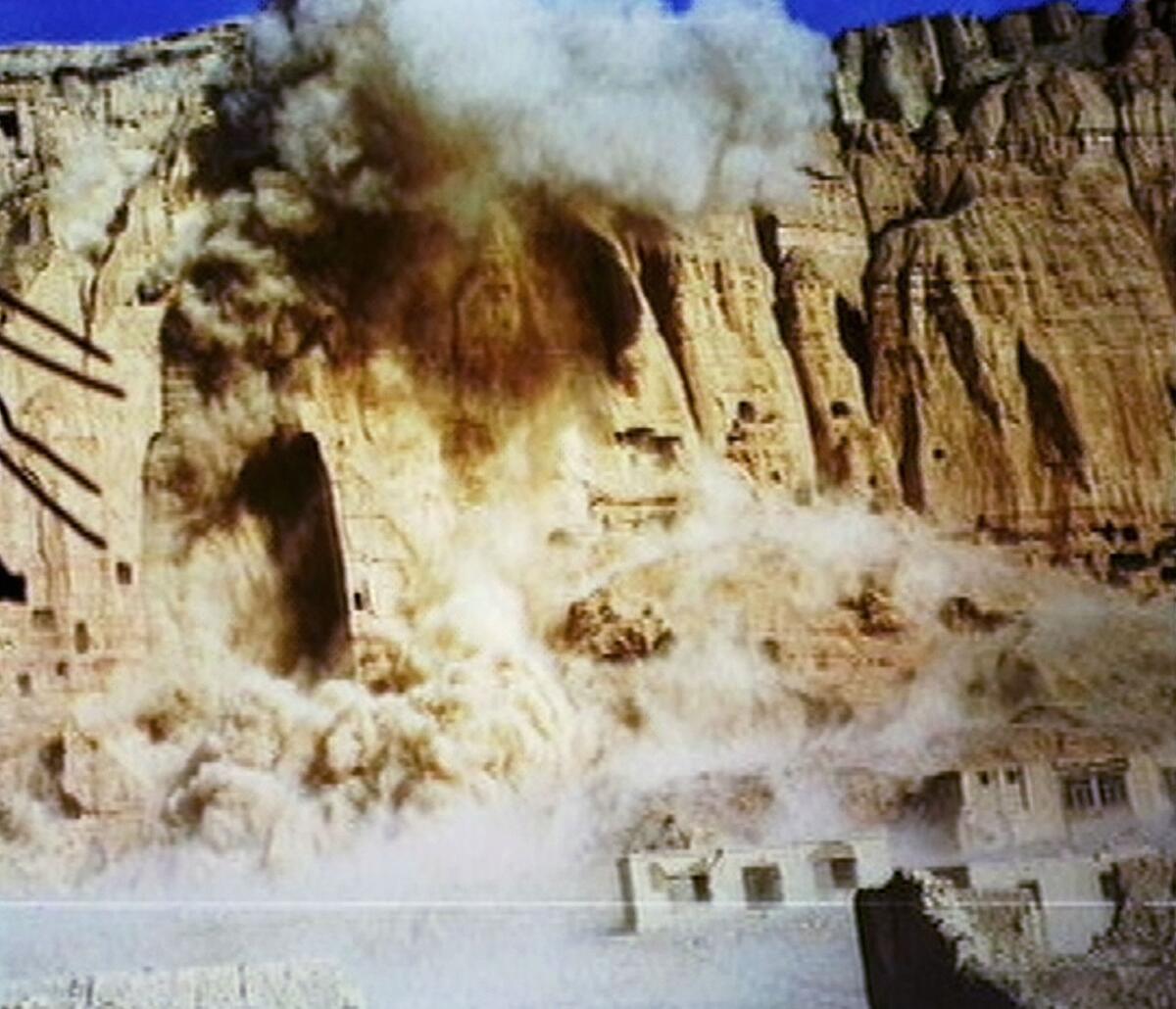
In the first years following the U.S.-led invasion, American troops were the face of the new order in Kandahar. Elite U.S. forces took up residence in Omar’s tiled, chandeliered palace on the outskirts of the city. Kandahar Airfield, the sprawling base through which tens of thousands of coalition troops passed, sprouted fast-food outlets, souvenir shops and even a hockey rink.
The Taliban had never gone far, though. After the loss of Kandahar, the movement’s military leadership regrouped, unmolested, in Quetta, Pakistan, on the other side of the mountain frontier. Wounded Taliban members were treated in Pakistani hospitals; Pakistani madrasas, or religious seminaries, schooled boys in the virtues of jihad.
Omar retained command but remained resolutely out of sight; his death in 2013 — of natural causes, the Taliban insisted — was not formally confirmed by the Afghan government until 2015. His eldest son, Mullah Mohammad Yaqoob, is now part of the group’s leadership structure.
In 2006, Canadian coalition partners took over primary security responsibility for Kandahar, coming under near-constant attacks by the Taliban, including firefights in outlying districts. Kandahar bustled and boomed, but journalists who visited the city during those years were keenly aware of the watching eyes of Taliban loyalists. By 2008, Taliban fighters were routinely staging bold and bloody strikes inside Kandahar.
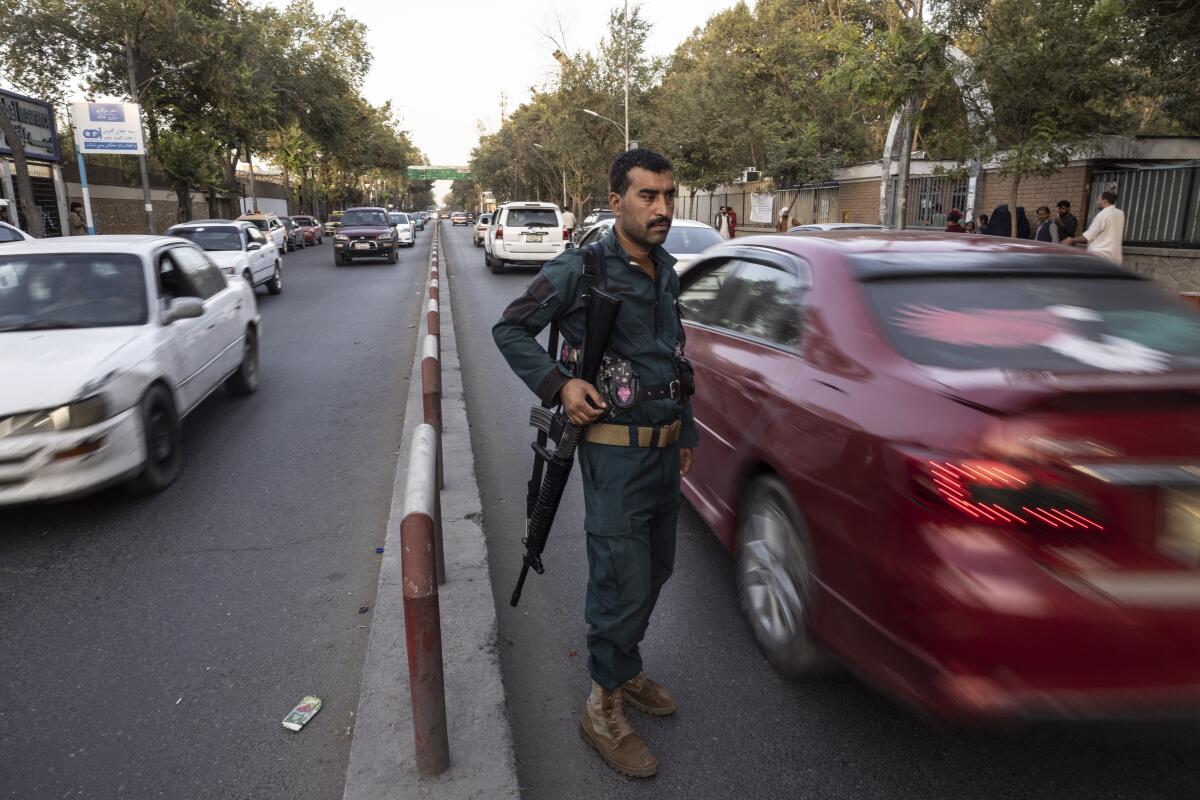
That triggered renewed U.S. engagement in the Pashtun heartland, including areas north of Kandahar. A major American military offensive was launched in 2010 in Marja, to the west of Kandahar in Helmand province. American air power was a crucial underpinning of missions by NATO and Afghan troops.
Although Kandahar retained its conservative character, with women often wearing the all-enveloping burqa in public, the two-decade span of the U.S. military mission brought a generational shift in women’s aspirations — perhaps the biggest social change experienced in the city.
Girls attended school, albeit with more community resistance than in more cosmopolitan centers like Kabul. Women could sometimes work outside the home, with some building long careers in government ministries, hospitals and Western-supported organizations that encouraged efforts like women’s entrepreneurship and access to healthcare.
Those hard-won hopes were dashed with heartbreaking speed. Many in Kandahar had worried for years about the depth of the U.S. commitment. Those fears deepened with the February 2020 deal signed in Doha, Qatar, by the Trump administration and the Taliban, which laid out the planned pullback of American troops but also called for talks among Afghan actors in crafting a political blueprint for the country’s future.
Word from the Biden White House that the U.S. military presence would formally end at the end of August — soon before the 20th anniversary of the Sept. 11 attacks — was met with consternation among Kandaharis who had in some way tied their fate to the Afghan government, or to the West. They wrote frantically to friends and former associates in the United States, wondering whether they could leave the city, or even the country.
But it all happened so fast, as if a prophecy awaiting fulfillment. News reports and social media documented the Taliban entering the city center and occupying government buildings while Afghan forces staged a panicked retreat, some screeching out of town in American-bought military vehicles.
Pashtana Durrani, the executive director of a nongovernmental organization that promotes girls’ education, spoke despairingly to Britain’s Channel 4 on Thursday, as the city was falling. She feared for her life, she said, because the visibility of her role made her a target.
Durrani agonized about whether some of the bright young students she had mentored would be forcibly married off to Taliban fighters. In a video clip of her remarks that circulated on social media, her voice and eyes were like those of a person watching a loved one die.
“The girls we work with have already fled — I don’t know where the students are,” she said. “The Kandahar that I knew, the child[hood] life that I lived ... it’s for nothing. Everything for nothing.”
More to Read
Sign up for Essential California
The most important California stories and recommendations in your inbox every morning.
You may occasionally receive promotional content from the Los Angeles Times.


